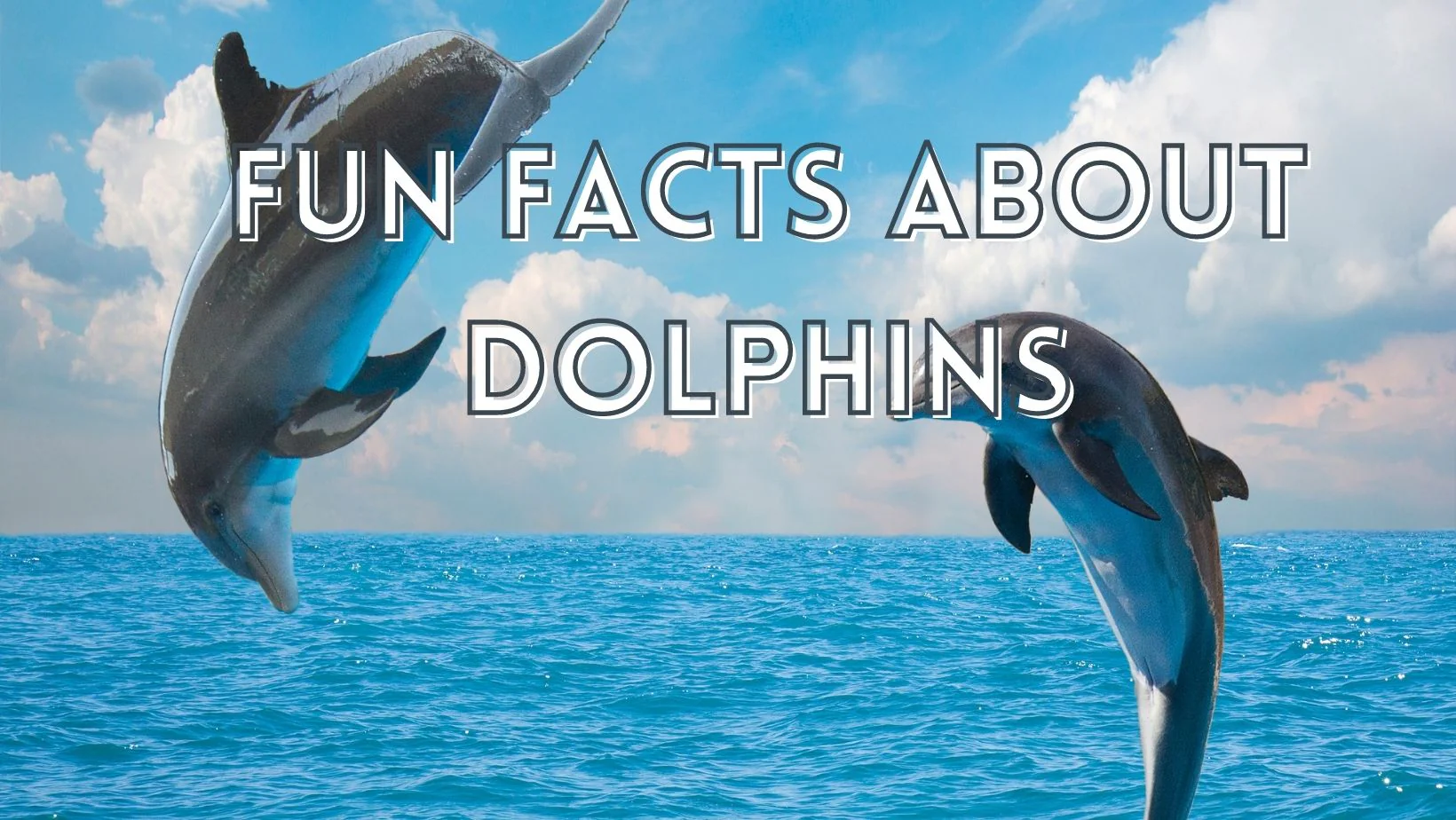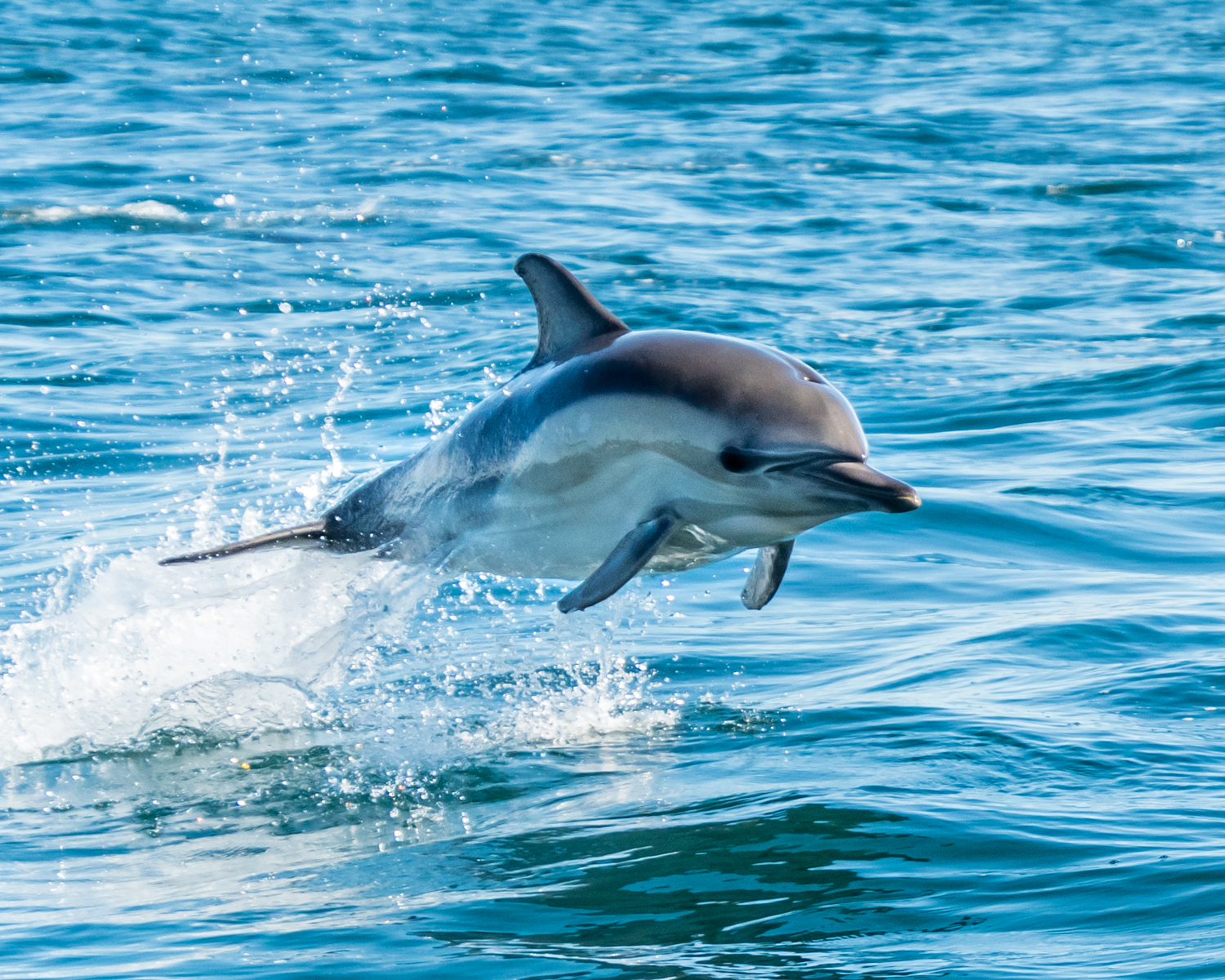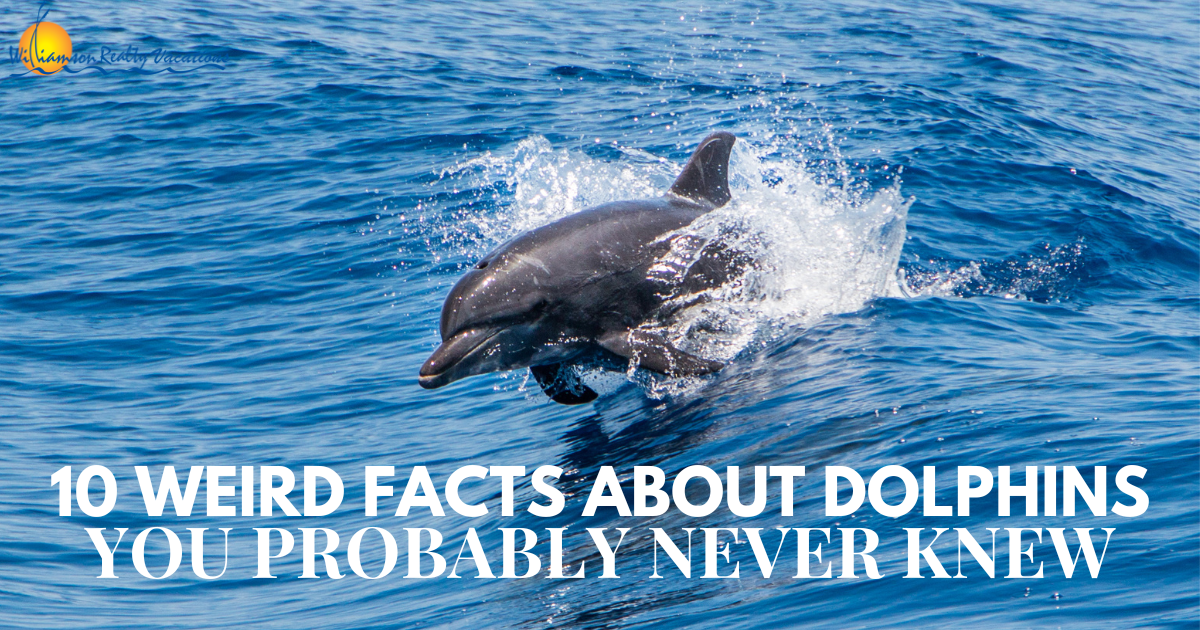Unveiling Dolphin Facts: Nature's Intelligent Marine Mammals
Dolphins, frequently regarded as one of the ocean's most smart inhabitants, exhibit a remarkable array of behaviors and social structures that necessitate closer evaluation. With over 40 distinct types, these marine mammals not just demonstrate impressive interaction skills and facility social communications however additionally possess sophisticated cognitive capacities that challenge our understanding of non-human knowledge.
Dolphin Types Diversity
Dolphins are a varied team of aquatic mammals belonging to the family Delphinidae, which encompasses over 40 distinctive varieties. This family members consists of popular varieties such as the typical bottlenose dolphin (Tursiops truncatus), the orca or awesome whale (Orcinus whale), and the risso's dolphin (Grampus griseus) Each types exhibits unique physical qualities, actions, and adjustments that enable them to flourish in different aquatic atmospheres.
Dolphin types differ dramatically in dimension, varying from the small Maui's dolphin (Cephalorhynchus hectori) at around 1.2 meters to the whale, which can reach lengths of up to 9 meters. Their pigmentation additionally differs, with some types showing striking patterns that assist with camouflage or social signaling. In addition, dolphins populate diverse habitats, from seaside areas and tidewaters to the open ocean, showcasing their adaptability.
Research into dolphin varieties diversity highlights the ecological relevance of these mammals, as they play essential roles in aquatic ecosystems. Understanding the numerous types is crucial for preservation initiatives, as lots of face threats from environment loss, environment, and contamination modification, requiring targeted protection actions to guarantee their survival.
Social Frameworks and Habits
The intricacy of dolphin species is mirrored in their intricate social frameworks and habits. Dolphins are known for their extremely social nature, frequently forming groups called coverings, which can range from a couple of people to over a hundred. These shells are usually composed of household members, showcasing a matrilineal framework where females play a main duty in maintaining social bonds and nurturing offspring.

Furthermore, some species of dolphins, such as whales, show complex social behaviors that can consist of sub-pods or clans with unique cultural techniques. These social structures are crucial for the survival and well-being of dolphin populaces, as they help with communication, teamwork, and the transmission of understanding across generations. Comprehending these social dynamics is essential for conservation efforts and the defense of their all-natural habitats.
Interaction Strategies
Amongst the different methods of communication, dolphins utilize an innovative array of interaction techniques that promote social cohesion and coordination within their sheaths. These strategies include vocalizations, body movement, and echolocation, each offering distinctive functions in their social communications.
Dolphins produce a large variety of clicks, whistles, and pulsed audios, which act as their main singing communication. Each dolphin has an one-of-a-kind signature whistle, pop over to these guys similar to a name, that enables people to identify each other also in huge teams. These vocalizations can share numerous messages, such as informing others to risk or coordinating team activities during hunting.
In enhancement to articulations, body movement plays an important function in dolphin interaction. Dolphin postures, such as leaping, rotating, and even subtle shifts in positioning, share emotions and purposes. Aggressive screens might hinder opponents, while playful behaviors can improve social bonds - Dolphin Facts.
Echolocation, a biological sonar system, further help in navigation and searching. By discharging acoustic waves and interpreting the returning echoes, dolphins can locate prey and obstacles effectively, demonstrating their remarkable adaptability in complex marine atmospheres. Collectively, these communication strategies underscore the complex social lives of dolphins, highlighting their knowledge in navigating their underwater world.

Knowledge and Problem Addressing
Acknowledged for their advanced communication abilities, dolphins also display exceptional intelligence and problem-solving capabilities that further improve their social communications. Their cognitive capacities are shown by their ability to discover complicated jobs, recognize abstract ideas, and adjust to different ecological challenges. Research study has actually revealed that dolphins can address detailed puzzles, demonstrating not just their cognitive flexibility however additionally their capacity for planning and foresight.
Dolphins usually participate in participating searching strategies, showcasing their capability to function as a natural unit. This teamwork needs innovative problem-solving skills, as they need to analyze their environment, determine potential target, and coordinate their activities to attain a common goal. In addition, dolphins have been observed making use of devices, such as aquatic sponges, to protect their snouts while foraging on the ocean flooring, additional exhibiting their cutting-edge problem-solving capabilities.

Human-Dolphin Communications
Human-dolphin communications have actually captivated scientists and lovers alike, highlighting the complex connection between these smart marine mammals and people. From old times, dolphins go have been shown in art and mythology, symbolizing consistency and intelligence (Dolphin Facts). Modern interactions range from clinical research and conservation efforts to entertainment tasks like dolphin swimming and watching with dolphins
Research study has shown that dolphins have progressed social frameworks and communication skills, which facilitate their interactions with humans. These experiences frequently cultivate psychological links, with many people reporting feelings of pleasure and empathy during such experiences. However, it is essential to approach these interactions with caution, as human activities more info here can disrupt dolphin habits and environments.
Conservation campaigns progressively focus on advertising accountable interactions, ensuring that human excitement does not jeopardize dolphin welfare. Education and learning programs aim to elevate understanding concerning the environmental importance of dolphins, emphasizing the demand for sustainable techniques.
Final Thought
In summary, dolphins exemplify remarkable intelligence and versatility within diverse aquatic environments. Continued study and recognition are vital for cultivating a much deeper understanding of dolphins and promoting their welfare in a progressively endangered community.
Dolphin types vary substantially in size, varying from the small Maui's dolphin (Cephalorhynchus hectori) at around 1.2 meters to the whale, which can get to sizes of up to 9 meters. Dolphins display a variety of social interactions, including grooming and physical get in touch with, which offer to reinforce relationships and develop pecking orders.
Acknowledged for their innovative interaction abilities, dolphins additionally show remarkable intelligence and problem-solving capabilities that additionally improve their social communications. Modern interactions range from scientific research study and conservation efforts to recreational activities like dolphin swimming and watching with dolphins.
Study has shown that dolphins possess progressed social frameworks and interaction abilities, which facilitate their interactions with people.